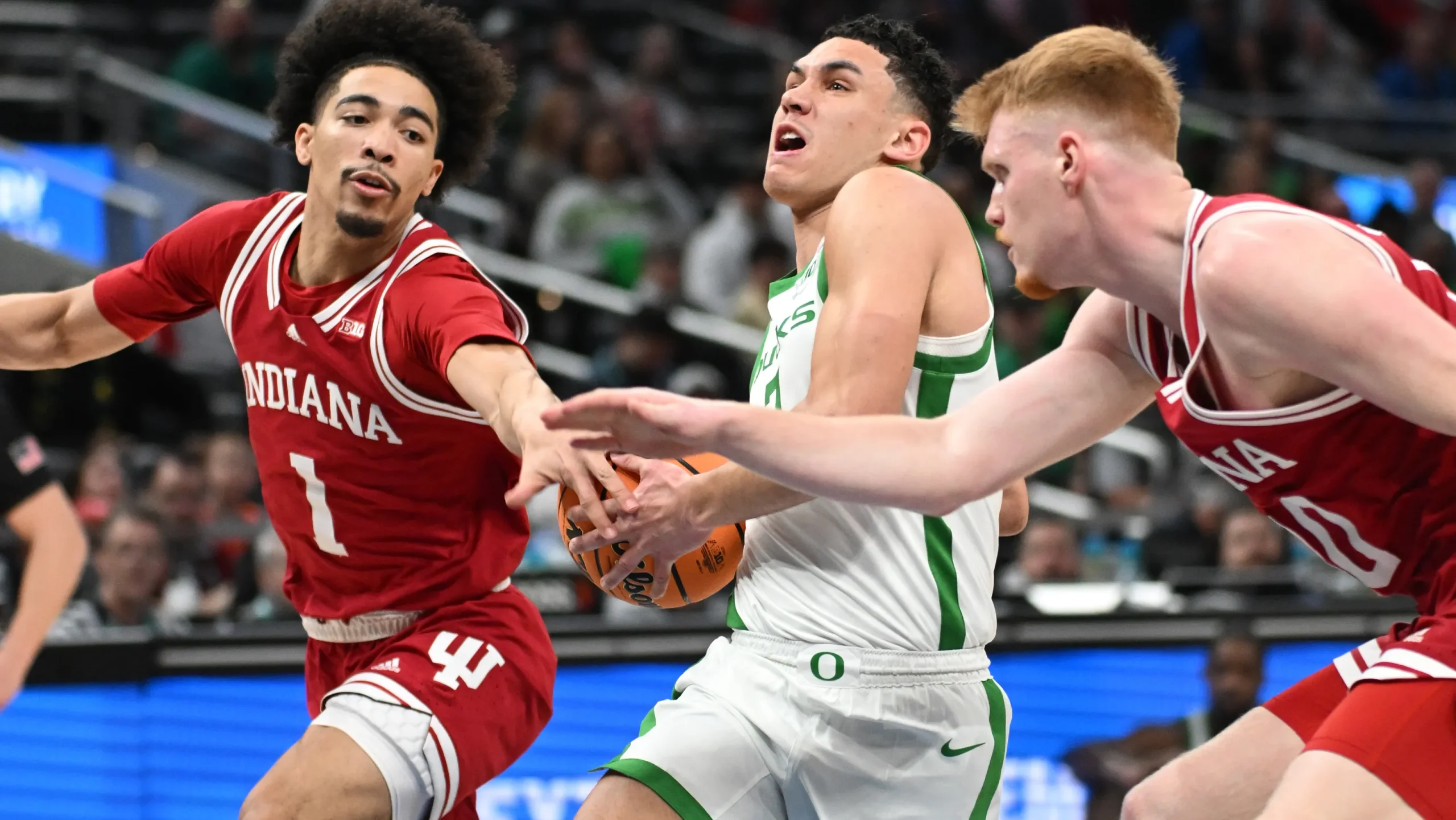The basic elements of the sports marketing mix are product, price, place, and promotion. These elements form the core strategies for marketing sports.
Sports marketing is a dynamic and specialized field. It involves promoting sports events, teams, and products to engage fans and consumers. Product refers to the actual sport or related merchandise. Price involves the cost of tickets, merchandise, or subscriptions. Place is about the venues and channels where sports are consumed.
Promotion includes advertising, sponsorships, and social media campaigns. A well-executed sports marketing mix can drive fan engagement, increase revenue, and build brand loyalty. Understanding these elements is crucial for anyone looking to succeed in the sports industry.
Introduction To Sports Marketing
Sports marketing is a big field. It combines sports and business. It helps to promote sports teams, events, and athletes. Fans connect with their favorite sports through marketing. It creates excitement and loyalty. Sports marketing also attracts sponsors. This brings money into sports. It helps teams and events grow. Without it, sports would not be as popular.
Sports marketing is very important. It makes sports more popular. Fans feel more connected to their teams. This connection is very strong. It creates a sense of community. Sports marketing also helps in selling tickets. It boosts merchandise sales. Sponsors are also attracted to sports because of marketing. Sponsors bring in money. This helps sports to grow and improve.
Sports marketing has a rich history. It started many years ago. Early sports events needed fans. Marketing helped bring people to games. Over time, it grew bigger. TV and radio helped a lot. They made sports famous. Today, the internet plays a big role. Social media brings fans closer to their favorite sports. The history of sports marketing shows how important it is.
Product In Sports Marketing
Sports products can be items or services. Items include sports gear, equipment, and apparel. Services include live games, training sessions, and fitness classes. People buy these products to enjoy or improve their skills. Some sports products are physical, like a football. Others are experiences, like a game ticket. Each product offers different value to the customer.
Product differentiation makes sports products unique. Unique products attract more customers. Features, quality, and brand can set a product apart. For example, some sneakers may have better grip. Others might be endorsed by famous athletes. Special features can justify a higher price. Differentiation helps customers choose what suits their needs best.
Price Strategies
Different pricing models exist in sports marketing. One common model is cost-plus pricing. This method adds a markup to the cost of the product. Another model is competitive pricing. Here, prices are set based on competitors’ prices. Value-based pricing is another approach. This model sets prices based on the perceived value to the customer.
Several factors influence sports pricing strategies. Demand and supply is the primary factor. High demand often leads to higher prices. Competition also affects prices. More competitors usually mean lower prices. Event popularity plays a role too. Popular events can charge more. Economic conditions are crucial. In tough times, prices might drop. Target audience considerations are also important. Different audiences have different price sensitivities.
Place And Distribution
Distribution channels are key for sports marketing. These channels bring the product to the fans. Online platforms like websites and social media are popular. Fans can buy tickets and merchandise there. Retail stores also play a role. They sell branded sports gear and clothing. Stadiums and arenas act as direct channels. Fans can buy products at the venue. Television and radio are indirect channels. They broadcast the games to a wide audience.
Venue selection is crucial for sporting events. The right venue attracts more fans. Location is a big factor. Venues should be easy to reach. Capacity matters too. A larger venue can host more fans. Facilities are important. Good seating, food, and restrooms make the experience better. Safety is also vital. Venues must follow safety standards. A well-chosen venue enhances the fan experience.
Promotion Techniques
Advertising in sports uses TV, radio, and social media. Brands reach fans through exciting ads. Fans see their favorite athletes in these ads. This makes them like the brand more. Sports events have many ads. These ads show products and services that fans might like. Advertising helps fans learn about new things. It also makes them want to buy these things.
Sponsorships are deals between brands and sports teams. Brands give money to teams. In return, they get their logos on jerseys and gear. This makes the brand more visible to fans. Fans trust teams they love. So, they trust the brands teams support. Sponsorships help brands reach new customers. They also help teams get the money they need.
People In Sports Marketing
Athletes are the face of sports. They inspire fans and bring excitement. Their performance can boost ticket sales. Athletes also endorse products. This increases brand visibility. Social media helps athletes connect with fans. They share their journey and personal life. This creates a bond with fans.
Fans are the heart of sports. They attend games and buy merchandise. Fans also follow teams on social media. Their support boosts team morale. Fans create a lively atmosphere at events. They influence other people to support teams. Their loyalty drives the sports economy.
Read More
Why Can Sports Be Considered As a Career : Unlocking Opportunities
Process And Experience
Engaging fans is crucial for sports marketing. Interactive content like polls and quizzes can boost interest. Social media plays a big role here. Fans love to share and comment on posts. Exclusive content like behind-the-scenes videos can make fans feel special. Email newsletters with updates keep fans informed. Fan forums allow discussions and build a community.
Organizing events is a key part of sports marketing. Proper planning ensures everything runs smoothly. Sponsorship deals can bring in extra funds. Ticket sales need to be managed efficiently. Security measures must be in place for safety. Live streaming can reach fans who can’t attend in person. Post-event surveys help improve future events.
Physical Evidence
Branding elements include logos, colors, and slogans. These create a unique identity. Logos are the face of the brand. Colors evoke emotions and feelings. Slogans convey the brand’s message quickly. Use these elements consistently. This builds trust and recognition.
Merchandising involves selling branded goods. Items like T-shirts, caps, and posters are popular. These items promote the team or event. Fans love to buy and wear them. They show support and create a sense of belonging. Quality merchandise enhances the brand’s image.
Future Trends
Sports marketing is evolving quickly. Digital transformation plays a big role. Social media and streaming services are key. Fans now follow their favorite teams online. Marketers use data analytics to understand fan behavior. This helps in creating better campaigns. Virtual reality is also gaining traction. It offers a new way to experience sports. Augmented reality can enhance live games. These technologies keep fans engaged.
Sustainability is crucial in sports today. Teams are adopting green practices. Eco-friendly stadiums are being built. These use less energy and water. Recycling programs are becoming common. They help reduce waste. Sustainable merchandise is also popular. Fans prefer buying eco-friendly products. Sponsorship deals now include green initiatives. This trend will grow in the future.
Conclusion
Understanding the basic elements of the sports marketing mix is essential for success. Focus on product, price, place, and promotion. This strategy will help attract fans and boost revenue. Implement these elements to create a strong marketing plan. Stay adaptable to changes and continuously evaluate your efforts.
Your sports marketing success depends on it.










